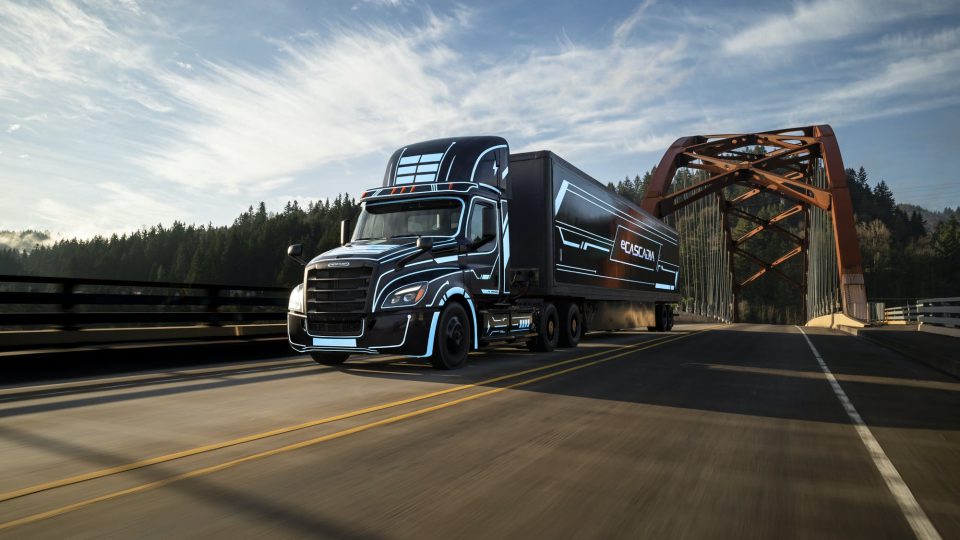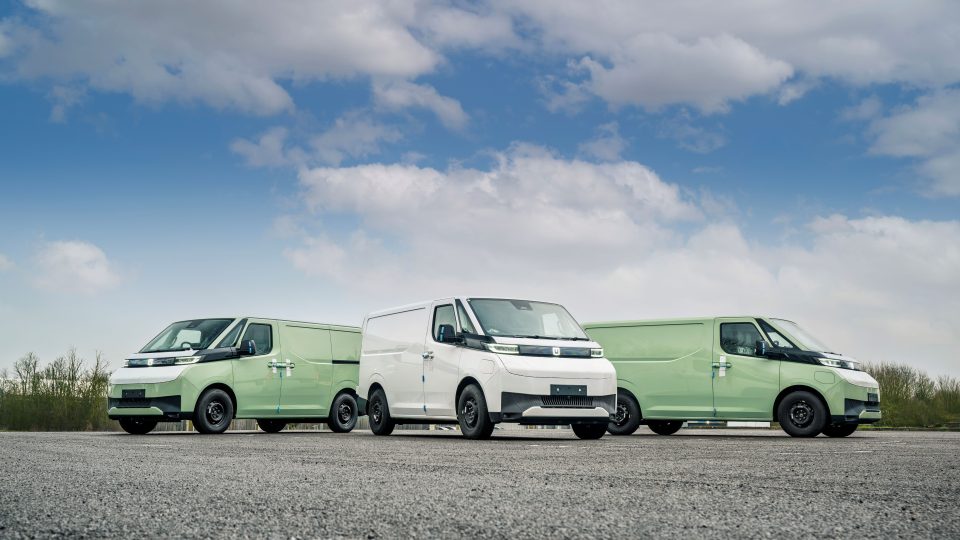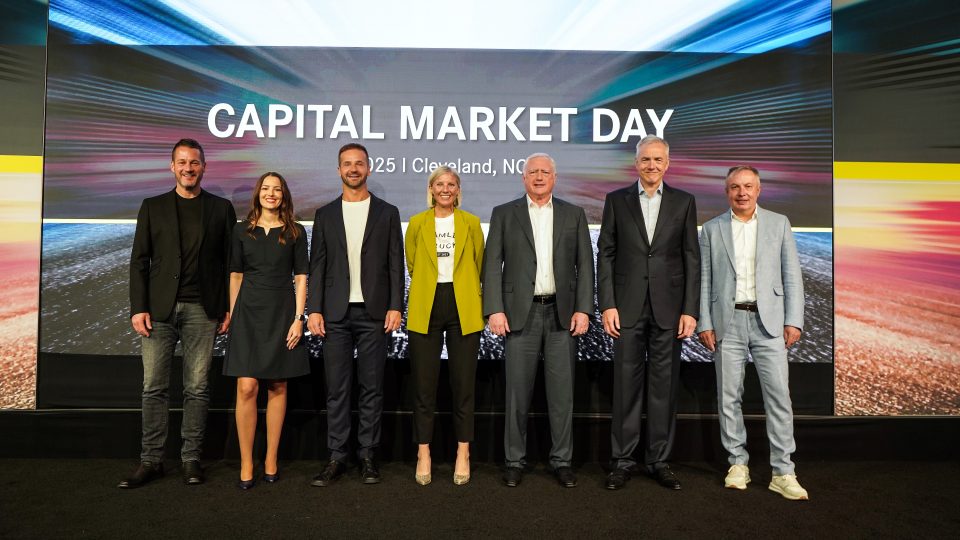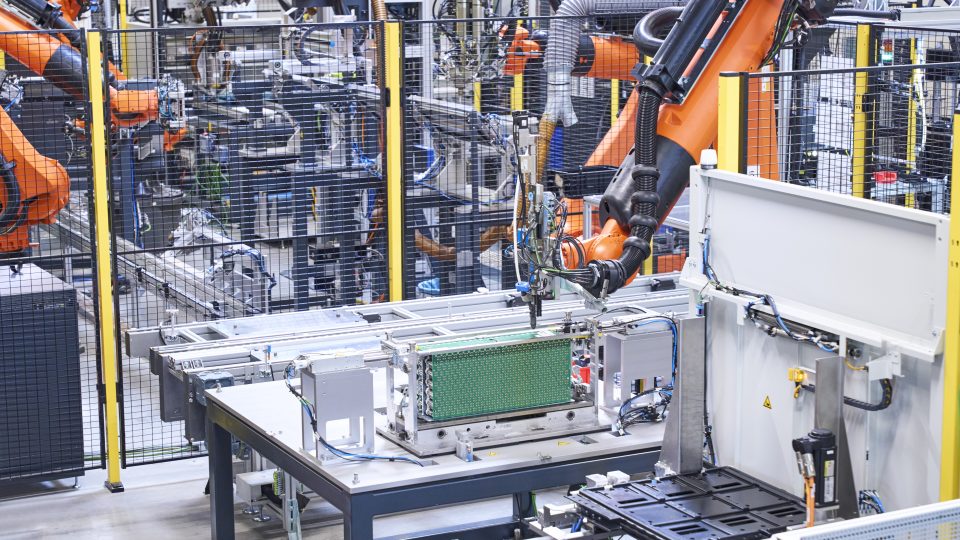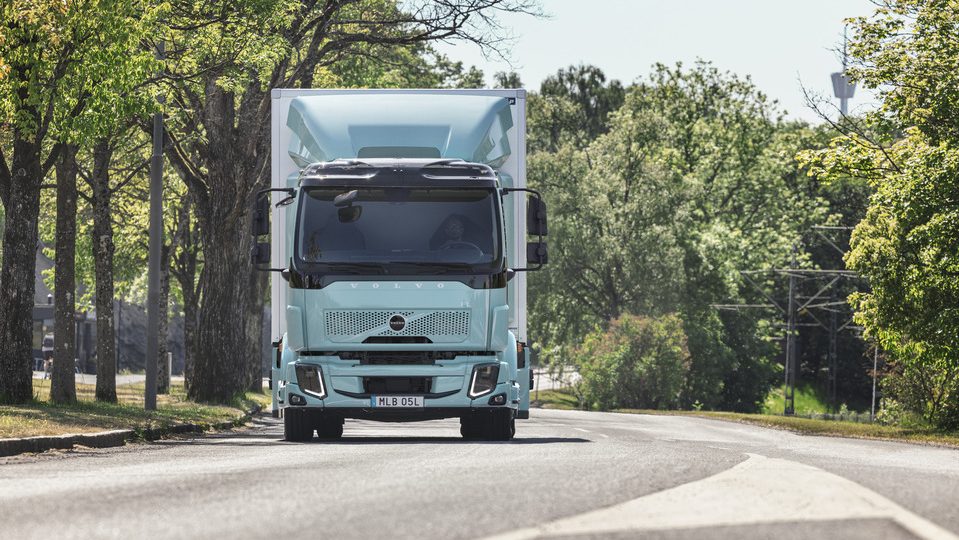Californian organizations EPRI and CALSTART to promote high-power charging corridor for MD and HD vehicles
Also, CALSTART has recently issued a report named 'Zeroing in on zero-emission trucks'. The latter takes stock of the latest sales trends of zero-emission trucks in the United States: as of December 2021, 1,215 medium- and heavy-duty ZE trucks were deployed in the US (738 in California). The share of ZE trucks on registered medium- and heavy-duty vehicles was 0.005%.
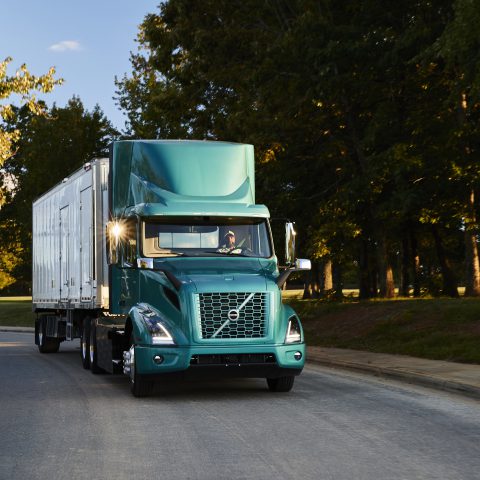
The Electric Power Research Institute (EPRI) and CALSTART will cooperate with the aim of promoting high-power charging corridor for medium-duty and high-duty vehicles. The two organizations, which have been awarded 13 million dollars from the California Energy Commission (CEC), will lead a first-of-its-kind collaboration to launch the country’s first zero-emission, freight-charging corridor network.
EPRI and CALSTART: why charging infrastructures are so important
The multi-phase project, Research Hub for Electric Technologies in Truck Applications (RHETTA), will commence with a community-first engagement framework to ensure that pollution-impacted communities, low-income communities, and tribal communities are involved in creating and guiding the initiative. During the first phase, the two companies are expected to develop, test and implement high-power electric vehicle chargers for trucks near Southern California’s two ports. Each pilot site will have two charging units that will serve as demonstrations sites to test and validate their use and impact. The first phase of the project runs through 2025.
Potrebbe interessarti
USA, 650 million dollars to enhance public charging infrastructure for commercial vehicles
The high-power charging support extending the range of electric trucks and increase their market penetration. It is no coincidence that CALSTART, a nonprofit organization working nationally and internationally with businesses and governments to develop clean, efficient transportation solutions, has recently issued a report named ‘Zeroing in on zero-emission trucks’. The latter takes stock of the latest sales trends of zero-emission trucks in the United States: as of December 2021, 1,215 medium- and heavy-duty ZE trucks were deployed in the US (738 in California). The share of ZE trucks on registered medium- and heavy-duty vehicles was 0.005%. According to the survey, there are currently 145 different ZE trucks available on the market, coming from over 30 manufacturers. Here’s the link to the full study.
The project: some more key elements
Back to the project shared by CALSTART and EPRI, some more key elements include: an online freight heatmap outlining freight hubs, travel patterns along major freight corridors, truck stops, and locations for truck charging in a web-accessible tool; two high-power charging demonstration sites – one near the Ports of Los Angeles and Long Beach, and one in the Inland Empire – to provide technology and operational data; finally, a plan for a statewide charging corridor network, including a workforce development strategy and templates for key freight corridors.
«Electrifying transportation is central to the clean energy transition, and this project has tremendous value in the adoption of electric, zero-emission trucks along one of the heaviest traveled corridors in Southern California», said EPRI President and CEO Arshad Mansoor. «Proven successful, high-power charging could be replicated throughout the country, accelerating the clean energy economy».
«CALSTART is committed to a community-first stakeholder engagement approach to advance high-power charging at publicly accessible sites in Southern California», added Jasna Tomic, vice president at CALSTART. «With equity as a critical lens to our technical planning, CALSTART looks forward to collaborating with the Energy Commission, industry, and communities to deploy the nation’s first, zero-emission freight corridor».




